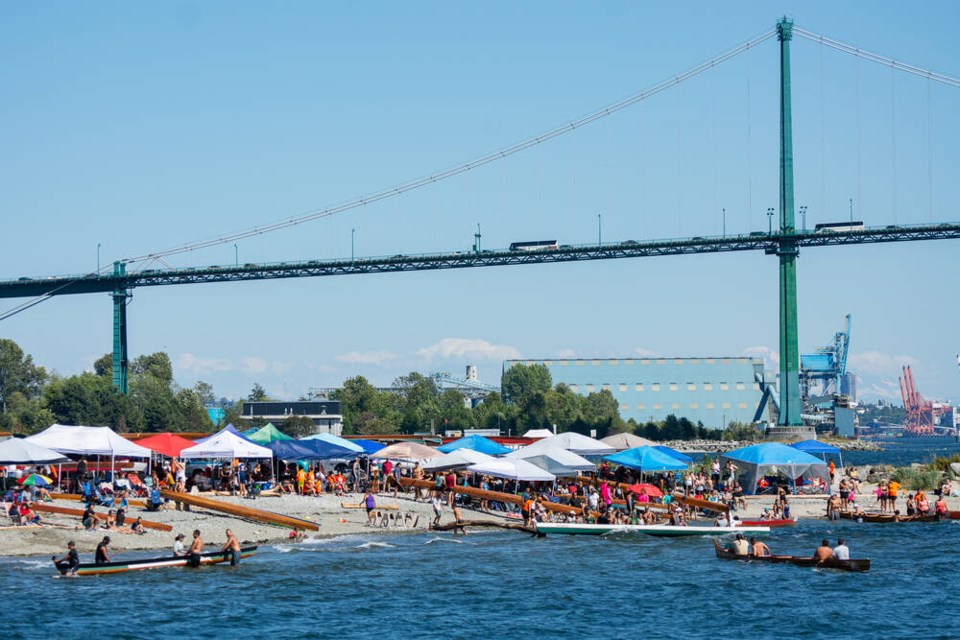Editor's note: This column was updated Oct. 16 to provide corrections and clarifications to some figures. The updated version notes that there was $476,000 in revenue growth in parks, culture and community service. The update also clarifies that the $600,000 increase in pier repairs reflects an insurance rebate, and notes the donations for the outdoor fitness centre.
In government, as in life, circumstances and plans change. Priorities emerge or are set aside. Conditions alter and it is either desirable or necessary to adapt.
In government, the details of these changes are found not so much in their public statements as in the budgets they set, and they are worth studying closely to read into the revisions – where the money will now go and where it won’t.
In the last month we have been able to see, through its five-year financial plan, how the West Vancouver council in its first year has either set course on some new ideas or retired some old ones.
The plan defines the government’s spending authority and is built in the backroom with district staff to suit the council’s strategic goals and to contend with wider economic conditions, including the weight that inflation has added to initial plans.
When the plan was brought to council Sept. 25 as a package, it consumed a grand total of two minutes and four seconds of business. No discussion. No representations. No discord.
Dig into the document, though, and there are some digressions, some small and some not, that would have benefited from public consultation. At times this council’s effort at efficiency can feel like expediency.
Take, for instance, the introduction of paid parking in the district. Earlier this year council approved an experiment at three sites: Whytecliff Park, Lighthouse Park and Nelson Canyon. The idea was to be ginger about this shift, to gather data and gauge public response to see if it might be expanded to Ambleside Park, John Lawson Park and Dundarave Park, where the revenue will be heartier. It wasn’t a foregone conclusion, by any stretch. But the financial plan appears to accelerate the process in allocating $30,000 for feasibility studies on the second, more significant wave, when the first wave of parking is barely under way. It has taken on the momentum of a fait accompli.
Economic conditions often cause these amendments, and the plan reflects that. Interest rate increases have hit many of us, but the plan reveals it hasn’t been all that bad for the district’s finances and indeed helps counter the impact of inflation. Its investment portfolio revenue is revised upwards now by $1.7 million. That being said, the district faces an additional $465,000 bill on increased interest charges for property owners for tax prepayment.
Indeed, for every benefit there are substantial expense increases: $314,000 in adjustments for labour costs, for example, even though there has been a $476,000 revenue growth as parks, culture and community services return to pre-pandemic levels and then some.
That being said, the totals aren’t terrible on the books. The revenue adjustment exceeds the expense adjustment by $1.4 million, and those funds are transferred into reserves to deal with anticipated capital expenses.
In poring through the 52-page package of documents, it’s clear that council wants to mitigate serious tax increases. It sets that stage mainly by either freezing, deferring or killing some spending plans. Case in point: a $75,000 electric vehicle for a staff arborist is set aside because the position itself was set aside some months back. Another case: The waterfront pier repair and replacement budget for 2023 was $215,000. That has grown $600,000 in the year to $815,000, but it is due to an insurance rebate. One way council is paying for this is to “re-evaluate” (translation: eliminate) the need to resurface the parking lot at the Gleneagles Community Centre, budgeted last year at $820,000.
Again, as a taxpayer, in an ideal world you’d want more transparency sooner on these changes, and even an opportunity to contest them at council, because some haven’t been the subject of discussion.
To cite one: The mayor has regularly been touting an outdoor fitness circuit for Ambleside Park. I’m as sport-minded as anyone, but this has always had the feeling of a pet project that hasn’t sprouted from the community as much as it has from the person occupying the central chair in the council chamber. Lo and behold, the capital plan now has a $37,350 “archeological assessment” budget, a $193,000 demolition budget, and a $275,000 construction budget. The mayor has pledged there will be private funds arriving to support this and the district says a $125,000 donation from Larco and a GoFundMe page are on the case. One can hope.
Kirk LaPointe is publisher and executive editor of Business in Vancouver as well as vice-president, editorial, Glacier Media Group, the North Shore News’ parent company. He is also a West Vancouverite.



